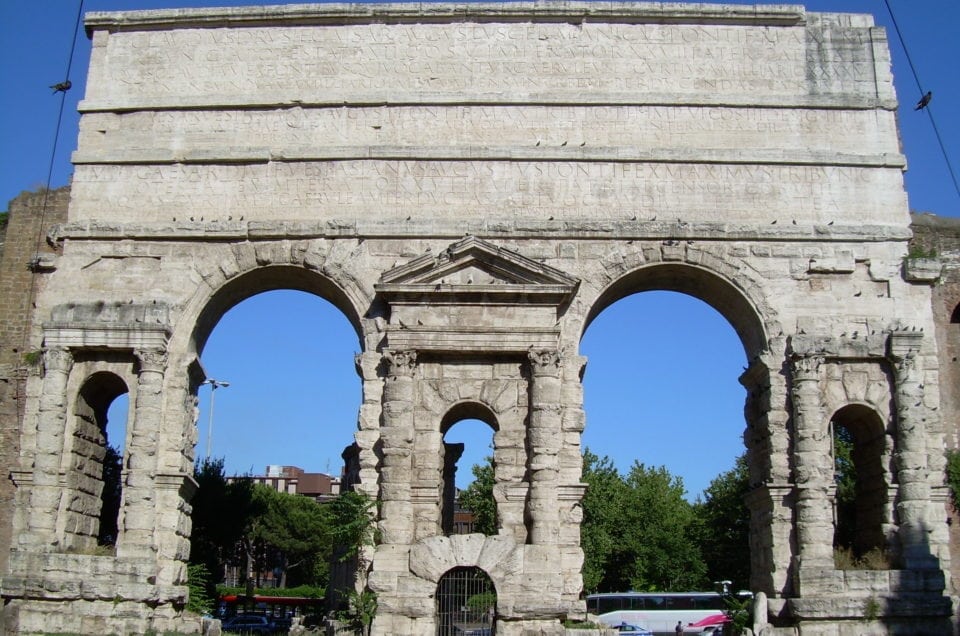Prenestina is a historic district that is in the east of Rome, a suburbian zone extended between the Via Casilina and Via Prenestina, the two great Roman consular roads.
Therefore takes its name from the latter, a large tree-lined three-lane road passing through it: the path starts from Porta Sessoriana and arrives at Palestrina (what was the ancient Praeneste) located about 20 Km away. Despite the district Prenestino is not particularly popular with tourists than other more inflationated areas of the Eternal City, if you want visiting it is possible to see remains and ruins of several monuments that recall the magnificence of Ancient Rome.
In the Republican era, this area was rural, not incidentally inhabited by farmers and peasants, while later in the imperial era, around the second century BC to be exact, there was a substantial population increase, due to thorough work of cleaning up, with the construction of new culverts, especially villas and residences for a holiday resort for the rest of the senators and noble families.
The beautiful villa of Gordiani dating from the third century AD is the archaeological park symbol of this area, which certainly deserves greater attention and appreciation, even if today is a modern suburbia that growing better than in the past.
The area of Porta Maggiore is notable for the wealth of archaeological finds unearthed in the nineteenth and twentieth century after a long series of restoration.
The typical zone of Esquilino, which was called “ad Spem Veterem”(Old Hope), because of the temple to this deity in 477 BC, was the converging point where eight of the eleven aqueducts that fed Rome: this place is now about the current Porta Maggiore. This door, originally, was the symbol of monumental Claudio’s Aqueduct, placed at the point where crosses the Via Labicana and Praenestina.
The area is notable for being an archaeological site of priceless value, with lots of tombs, relics and even a precious underground basilica, which boasts stunning decor still almost intact, and whose function is still shrouded in mystery.
Porta Maggiore, which probably gets its name from the fact that from here we went to go to Santa Maria Maggiore, is a two great arc tubes, whose majesty persuaded the emperor Aurelian to incorporate the door between the Aurelian Walls in 272 AD.



